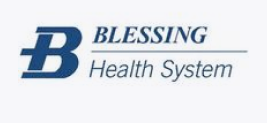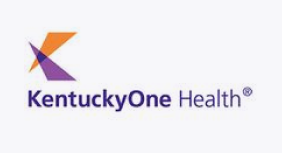April 30, 2022
3 Processes for Managing Specialty Pharmacy Patients

In the past decade, specialty pharmacies have become the fastest growing segment of the pharmaceutical industry. By 2020, specialty drugs are projected to make up around 50 percent of all drug expenditures, despite being use by only 2 percent of the US population! Many of these new specialty medications are self-administered, Injectable and/or oral therapies and require unique patient care support services.
Today, patients that are using specialty medications are mostly receiving them from large mail-order type specialty pharmacies (the largest of which are PBM’s and Walgreens). However, hospitals are in a unique position when it comes to care for this patient population. Despite being late to the game, hospitals are quickly recognizing their unique position and the advantage they have with being able to provide an integrated care process— which is a true benefit to the patient and their outcomes.
Traditional Care for Patients Receiving Specialty Pharmaceuticals
The traditional care process for patients who receive their specialty drugs through the traditional retail pharmacy channel is like the process for non-specialty medication. That is, at the time of pickup, a pharmacist informs the patient about the use and administration of the specialty medication, but generally a comprehensive education program or follow-up assessment is not included.
Typically, this type of traditional care process adopts a high abandonment rate due to high costs that the patient faces and issues with specialized reimbursement. In fact, because of this, in recent years many specialty drug manufacturers have chosen not to distribute through the traditional retail-pharmacy channel.
Coordinated Care Process for Patients Receiving Specialty Pharmaceuticals
The care provided in the coordinated care processes is more comprehensive than that of the traditional care process. The majority of ‘specialty pharmacies’ that provide specialty medications use the coordinated care process. This process includes reimbursement assistance, patient care coordination, pharmacist involvement in the initiation of therapy, and ongoing monitoring of the patient.
Integrated Care Process for Patients Receiving Specialty Pharmaceuticals
In an integrated, specialty pharmacy process, pharmacists are completely embedded in the specialty process. The pharmacy team is involved with transitions of care between settings, patient training and education, and ongoing patient monitoring. Pharmacists that take part in the integrated process have ready access to information and can review full medication lists, diagnoses, lab results, clinic or discharge notes, and past treatments. Using this information and information gathered directly from the patient, the pharmacist is able to review patients’ needs and make treatment recommendations.
The integrated care process is an ideal and easy role for hospitals to take, and majority of them have this type of data readily available through their EMR’s. Not surprisingly, patient care improves, compliance increases, adverse effects are noticed quickly and as a result patient outcomes improve.











